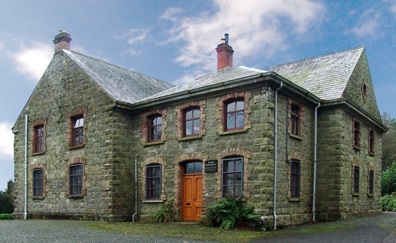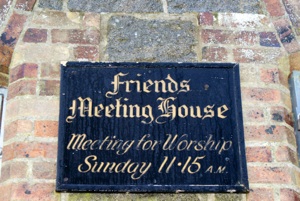The History of Bessbrook Meeting










The Meeting House is a formidable structure, built of Bessbrook granite, and presents a solid plain appearance inside and out. The lack of adornment stems from the puritan roots of Quakerism which is nourished by an inward faith and shuns elaborate symbolism. The building is designed to be serviceable rather than a holy place. It aims to be a means towards having communion with others through Christian worship.
The setting was chosen with care; the secluded location beyond the streets of the village and surrounded by the great oak wood of Derrymore serves as another aid to worship. A sense of tranquility and serenity enables busy human beings to feel reverence and thankfulness for the glories of the Creation.
Inside, the building has large and small meeting rooms which can be united by the removal of sliding shutters and also a kitchen, cloakrooms and children’s rooms. There is a picture in the entrance hall of some eminent English Quakers who were present at the opening in 1864, an indication that Bessbrook had contemporary significance. A bookcase houses the lending library of Quaker books. The absence of a paid pastor makes it important to foster religious education on a self-help basis.
Not only did John Grubb Richardson have the building erected but he provided for its repair and maintenance; Derrymore Terrace, a row of ten houses nearby, was built by him and the rental income had formed a fund for the Meeting House’s upkeep.
The History of Bessbrook Meeting
